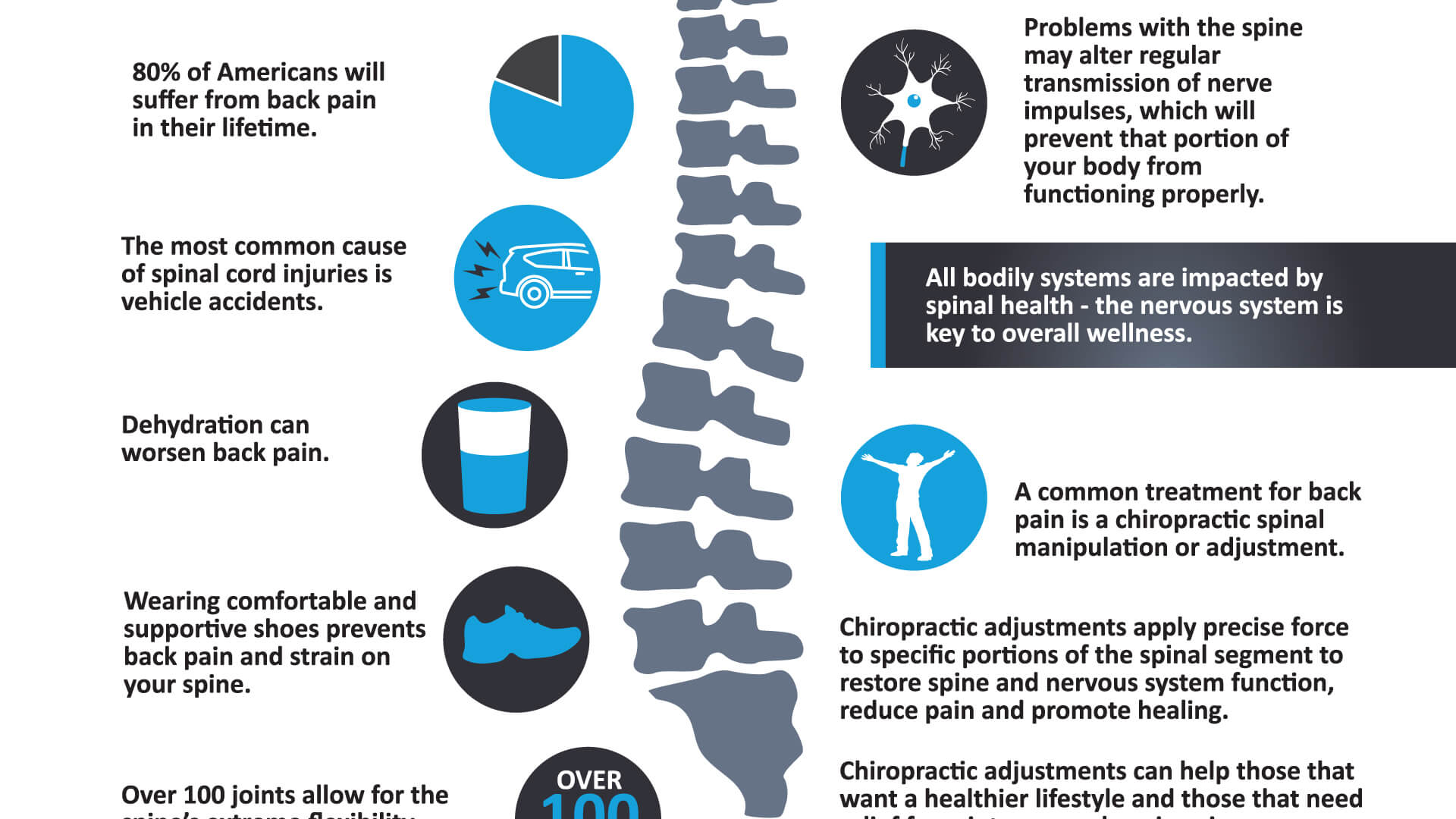Contrasting Acupuncture To Other Discomfort Monitoring Techniques
Contrasting Acupuncture To Other Discomfort Monitoring Techniques
Blog Article
Write-Up Author-Perkins Topp
When you think about pain administration choices, you may find yourself evaluating the pros and cons of numerous strategies, including acupuncture, over-the-counter medications, and physical treatment. While several methods provide relief, they usually come with their own collection of challenges, like side effects or extensive therapy times. acupuncturist stands out for its one-of-a-kind capacity to advertise self-regulation with less risks. However just how does its effectiveness compare to even more standard approaches? The subtleties of these strategies can dramatically impact your choices, and exploring them further might bring about unexpected understandings.
Summary of Pain Administration Techniques
When it involves managing discomfort, you have a range of methods at your disposal. These approaches can vary from typical strategies to much more alternative therapies. Comprehending your choices is important in locating what functions best for you.
One typical technique is non-prescription medications like ibuprofen or acetaminophen, which can supply quick relief for light to modest discomfort. Prescription medicines, including opioids, may be needed for much more severe discomfort, though they include threats of dependence and negative effects.
yoga for back pain nyc is another efficient approach, focusing on exercises and stretches to reinforce muscles and improve flexibility. This technique typically assists in handling persistent discomfort problems.
Furthermore, some individuals turn to more holistic alternatives, such as massage therapy, which can reduce tension and boost blood circulation.
Mind-body techniques, like mindfulness meditation or yoga, assist you handle discomfort by decreasing stress and improving your mental resilience.
Finally, way of living modifications, such as maintaining a healthy and balanced diet plan and routine exercise, can play a crucial duty in total discomfort monitoring. https://www.verywellhealth.com/active-and-passive-pain-management-5205485 has its benefits and drawbacks, so it's important to explore what suits your requirements and choices best.
Perks of Acupuncture
Acupuncture supplies an one-of-a-kind approach to discomfort monitoring that stands apart amongst various strategies. By targeting specific factors on your body, it promotes the circulation of power, or "qi," promoting all-natural healing and minimizing pain.
Among the most significant benefits is its minimal negative effects. Unlike some medicines, which can result in dependency or unwanted health and wellness concerns, acupuncture is an all natural treatment that motivates your body's self-regulation.
You'll likely discover that acupuncture sessions can assist alleviate chronic pain, headaches, and even stress and anxiety. Many individuals experience a sense of relaxation and well-being during and after therapy, which can improve total lifestyle.
Plus, it's a flexible alternative; it can be made use of together with various other treatments, making it a terrific complement to your existing pain management plan.
Another significant advantage is that acupuncture can be tailored to your details needs. Your specialist will certainly assess your condition and develop a tailored treatment strategy, ensuring you receive the treatment that best sustains your recuperation.
With its old origins and expanding acceptance in modern medication, acupuncture stands out as an engaging option for discomfort alleviation.
Contrasting Effectiveness and Results
Discomfort administration techniques vary extensively in their performance and end results, making it essential to recognize how they compare to each other. When considering choices like acupuncture, physical treatment, and medicine, you'll find unique distinctions in how each approach addresses pain.
Acupuncture, as an example, commonly gives alleviation for chronic pain problems, with researches showing substantial enhancements in pain levels for several patients.
On the other hand, medicines like opioids can efficiently handle acute pain yet bring risks of dependence and side effects.
Physical therapy concentrates on rehab and may take longer to reveal results, which can be frustrating if you need instant relief.
When assessing these strategies, consider your certain discomfort kind and your personal health goals. Some people discover that a mix of techniques functions ideal for them.
For example, you could gain from acupuncture sessions along with physical treatment to optimize healing.
Ultimately, understanding the effectiveness and results of each approach will aid you make informed decisions about your discomfort monitoring strategy, permitting you to select the approach that ideal fits your demands and lifestyle.
Final thought
In summary, acupuncture attracts attention as a valuable alternative to standard discomfort administration techniques. It provides quick relief and cultivates self-regulation without the risks of reliance associated with medications. While physical therapy could require more time for results, acupuncture can offer prompt advantages, making it an appealing choice for those seeking relief from persistent pain and anxiety. By incorporating acupuncture into your discomfort monitoring plan, you can improve your total wellness and redeem control over your health.
